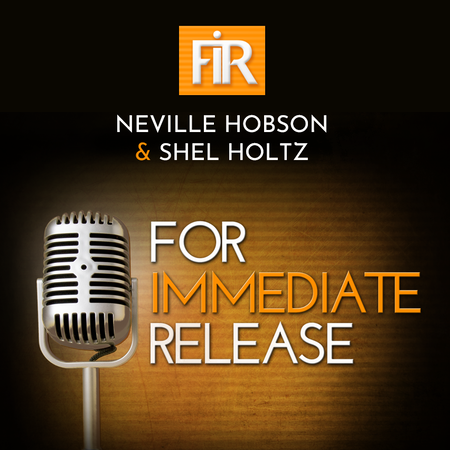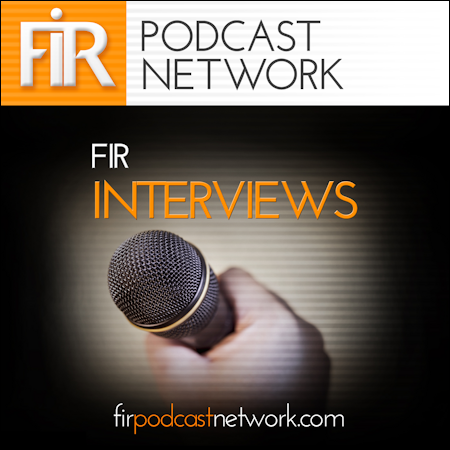The news yesterday that Twitter CEO Dick Costolo is stepping down from that leadership role next month has attracted widespread commentary and opinion, not least on Twitter itself.
There’s credible opinions that Costolo is going because he hasn’t evolved Twitter as many observers and critics expected or believe he should have. Indeed, the stock market greeted yesterday’s announcement with a 10 percent rise in Twitter’s share price at one point.
An analysis in the Guardian today – you can read the full story below – is a pretty good assessment of a real predicament confronting Twitter, not only from an investor’s perspective but also from that of users and marketers.
[…] Twitter accounts for 1.6% of the critical US digital advertising market – a market worth $50.73bn – compared with Facebook’s 7.6%. Twitter accounts for 3.6% of US mobile internet ads to Facebook’s 18.5%. And in mobile display ads Twitter has a 7% market share compared to 36.7% for Facebook, according to eMarketer.
On user numbers alone – Twitter has 302m monthly active users to Facebook’s 1.44bn – the share of ad market doesn’t seem so surprising. Yet it’s the slowing down of growth that has concerned investors: Twitter’s monthly active user numbers have fallen 30% from 2013 to 2015, and by 2019 growth – a critical indicator of future potential revenues – is heading for a slowdown to 6%.
Yet there’s a more fundamental element that needs attention – what is Twitter?
[…] who is Twitter for? How does it distinguish itself against Facebook? And how can it expand its service while remaining simple and accessible?
Those questions aren’t new at all. Even though how Twitter itself talks about what Twitter is has become more clear in the past year or so, is it how users, marketers, etc, see Twitter?
I’m not so sure. As a Twitter user since 2006, I’m often asking that question myself even though I’m more than happy to continue my thinking out loud and occasional engagement with others on the platform. I don’t have massive personal expectations of Twitter beyond the implicit simplicity behind that mission statement (but I have a different view if I put on my marketer’s hat).
Yet maybe Twitter’s not entirely sure about that either – the mission statement is slightly different on Twitter’s investor relations page.
Maybe change is afoot already: Twitter also announced yesterday that the 140-character limit on direct messages will be changed to a whopping 10,000 characters. Note this is for DMs only – the 140-character limit for regular tweets remains. For now, at least.
While that news will be appealing to many who will relish the opportunity of penning short stories to DM to their friends, I fear it also opens the door to push marketing – whether you like it or not – on a grand scale.
In any case, might Costolo’s departure herald a pivot of sorts in Twitter’s next steps with the (re)appointment of Twitter co-founder Jack Dorsey as interim CEO while Twitter starts a search for a permanent replacement?
There are all sorts of opinions about that.
[The Guardian report below is published here with permission via the Guardian News Feed plugin for WordPress.]
It says something about the extraordinary scale of social platforms when a technology behemoth with 302m active users every month can be seen as failing to achieve its potential. Yet that is exactly why it appears that Twitter’s chief executive, Dick Costolo, now has to go from the company’s top post.
In after-hours trading following the sudden announcement on Thursday, Twitter stock briefly fluttered up 8% higher. It was a reflection of the uneasy feelings from investors towards a man who fell under their increased and ultimately poisonous scrutiny as he navigated the social networking firm through its public offering in November 2013, having been CEO since he took over from Evan Williams in October 2010.
Despite being a very different product serving a very different audience, Twitter is often compared to Facebook – and often unfavourably. Therein lies an identity crisis of sorts.
For Twitter’s investors the concern was less about user numbers than the growth and aggressiveness of the company’s online advertising. While Costolo was popular with many staffers for bringing structure and co-ordination to a chaotic young company, and took it to a market capitalisation of .4bn, he also oversaw the process of risk and uncertainty in pushing towards a brand new space.
Costolo and Jack Dorsey, who now takes over as interim CEO, have both insisted that the move was not connected to Twitter’s recent financial results – which saw those user numbers grow just 4.86% – so much as a decision made purely by Costolo himself, as a capstone to discussions that had been going on since last autumn.
Right now Twitter is in danger of becoming a niche product: it is beloved by journalists (guilty) and marketers, yet viewed with confusion by mainstream consumers.
Where the selective friendship groups of Facebook make sense (to varying degrees), Twitter’s public face can be more intimidating. On the other hand, the 140-character simplicity of Twitter’s platform and the potential to be the “civic square” of popular debate offers just as much value and, usually, less flatulent conversations.
In an era of endless feeds and the digital burden of email and obligatory posts from friends, Twitter’s brevity and ambience is a welcome change; what you miss is just missed – not mourned, nor added to a tedious, ever-increasing pile like email.
But in focusing its business Twitter has made some strategic decisions, such as closing off access to selected third parties – Instagram at one point, Meerkat at another, and earlier to a wider stream of third-party developers. Twitter was under pressure to protect its valuable audience and its scale, and in doing so cut off the community that helped it grow.
All of which left many users and especially those investors wondering: who is Twitter for? How does it distinguish itself against Facebook? And how can it expand its service while remaining simple and accessible?
Twitter accounts for 1.6% of the critical US digital advertising market – a market worth .73bn – compared with Facebook’s 7.6%. Twitter accounts for 3.6% of US mobile internet ads to Facebook’s 18.5%. And in mobile display ads Twitter has a 7% market share compared to 36.7% for Facebook, according to eMarketer.
On user numbers alone – Twitter has 302m monthly active users to Facebook’s 1.44bn – the share of ad market doesn’t seem so surprising. Yet it’s the slowing down of growth that has concerned investors: Twitter’s monthly active user numbers have fallen 30% from 2013 to 2015, and by 2019 growth – a critical indicator of future potential revenues – is heading for a slowdown to 6%.
For a young public company those numbers are sounding more and more like a death knell. For investors, Twitter’s plans – and Costolo carried the can for this – have not confidently set out its future. Chris Sacca, a major investor, wrote an insightful essay on the company’s challenges: “Twitter has failed to meet its own stated user growth expectations and has not been able to take advantage of the massive number of users who have signed up for accounts and then not come back. Shortcomings in the direct response advertising category have resulted in the company coming in below the financial community’s quarterly estimates.
“In the wake of this Twitter’s efforts to convince the investing community of the opportunity ahead fell flat. Consequently the stock is trading near a six-month low, well below its IPO closing day price, and the company is suffering through a seemingly endless negative press cycle.”
But he says Twitter “has boldness in its bones” and that it can improve by making the service easier for new users, more supportive for users intimidated by the site, and by making it feel less lonely.
guardian.co.uk © Guardian News & Media Limited 2010
Published via the Guardian News Feed plugin for WordPress.















12 responses to “Dick Costolo: Twitter unfollows the leader as social milestones are missed”
Dick Costolo: Twitter unfollows the leader as social milestones are missed http://t.co/TGjQiHlYvQ http://t.co/jE3nDLrM9m
Hobson: Dick Costolo: Twitter unfollows the leader as social milestones are missed: Tweet
The news yesterday … http://t.co/uBwPcLFpC1
#SocialMediaPost Dick Costolo: Twitter unfollows the leader as social milestones are missed: Tweet
T… http://t.co/EvWZVJ8Fys @Jangles
Dick Costolo: Twitter unfollows the leader as social milestones are missed http://t.co/zxRhhCUAAI
Dick Costolo: @Twitter unfollows the leader as social milestones are missed http://t.co/fq2izv8Us6 via @jangles
Dick Costolo: Twitter unfollows the leader as social milestones are missed http://t.co/L8ARU2TSSq #B2B
Dick Costolo: Twitter unfollows the leader as social milestones are missed http://t.co/vMXY5fKn5n #PR
RT @PRDailyNews: Dick Costolo: Twitter unfollows the leader as social milestones are missed http://t.co/vMXY5fKn5n #PR
RT @PRDailyNews: Dick Costolo: Twitter unfollows the leader as social milestones are missed http://t.co/vMXY5fKn5n #PR
RT @PRDailyNews: Dick Costolo: Twitter unfollows the leader as social milestones are missed http://t.co/vMXY5fKn5n #PR
PRDailyNews: Dick Costolo: Twitter unfollows the leader as social milestones are missed http://t.co/ICghituqUF #PR
Constantly asking myself who Twitter is for too, very interesting read though…